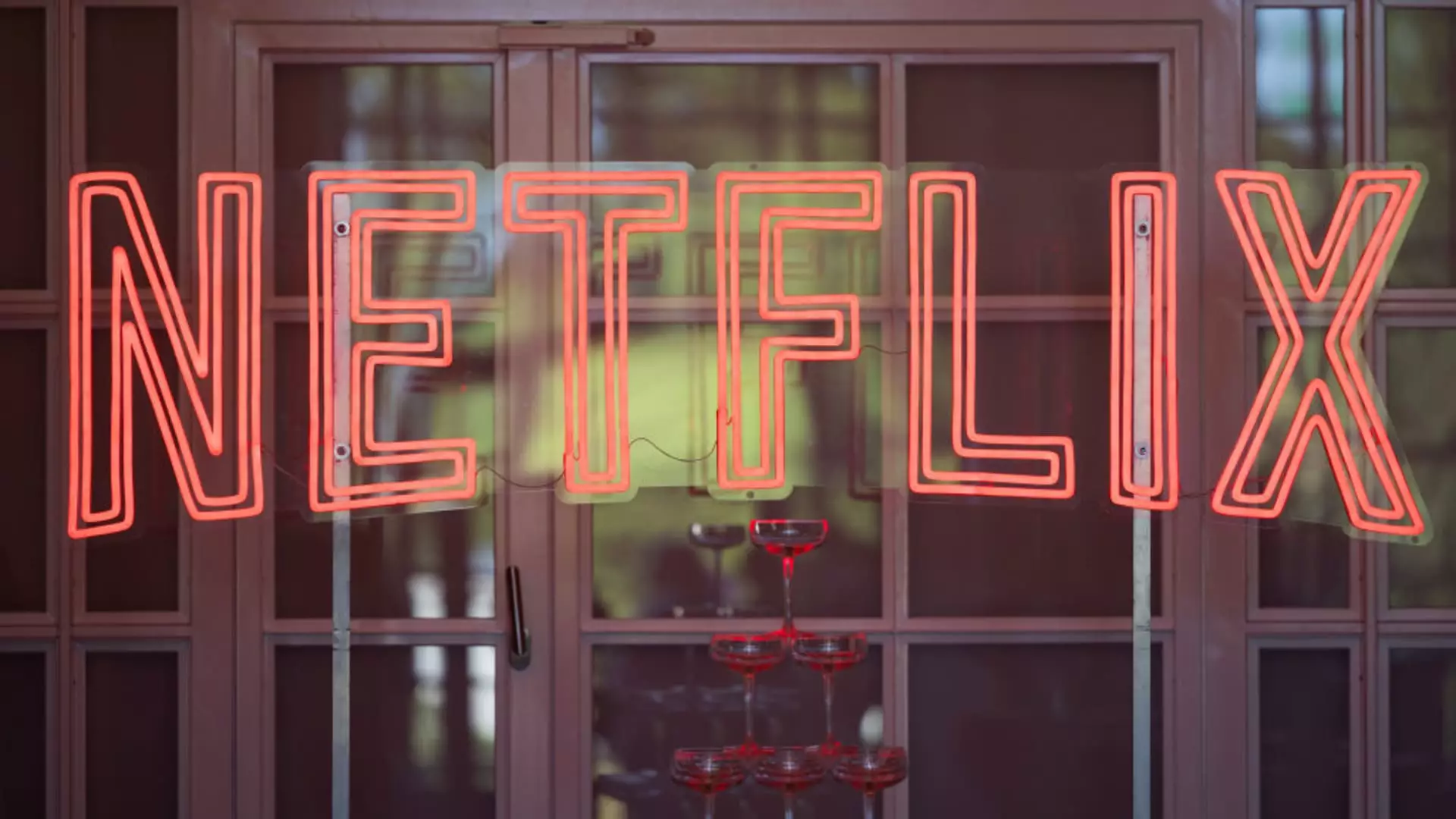In a recent move that has garnered significant attention, Netflix has announced a price increase for the majority of its subscription plans in the United States. This decision, which was unveiled during the company’s quarterly earnings call, reflects a broader trend within the streaming industry, where platforms struggle to balance subscriber growth with profitability. With market saturation and a competitive landscape, these price hikes are not merely a financial maneuver but a response to evolving consumer behavior and expectations.
The specifics of the price hike
Effective soon, Netflix’s standard subscription, which is devoid of advertisements, will see a surge from $15.49 to $17.99 per month. This adjustment places the service squarely in the range of premium offerings from competitors, likely aiming to enhance its perceived value. Conversely, the less expensive ad-supported plan has increased moderately from $6.99 to $7.99. Additionally, the premium plan will rise to $24.99 per month, from its previous rate of $22.99. Internationally, Netflix has indicated that it will also adjust prices in countries like Canada, Portugal, and Argentina, signaling that these changes are part of a larger global strategy.
This announcement is not isolated; rather, it comes amid a series of price hikes across major streaming services, including those from Disney and Warner Bros. Discovery. As streaming platforms continue to grapple with the decline in subscriber numbers after a pandemic-era boom, many have pivoted toward introducing ad-supported models and increasing subscription fees to achieve profitability. These economic pressures are forcing companies to make tough decisions, prioritizing sustainable revenue over rapid growth.
Ted Sarandos, co-CEO of Netflix, emphasized during the investor call that any price increase must be substantiated by substantial content and engagement. This statement acknowledges a fundamental truth: consumers are becoming more discerning about where they invest their entertainment budgets. With increased competition, companies must not only provide a vast library of content but also ensure that new and compelling series and films keep subscribers engaged. Without this, price hikes risk alienating loyal customers.
It’s noteworthy that the recent price increases follow a series of strategic changes within Netflix’s offerings. The company previously scrapped its basic ad-free plan shortly after launching the new ad-supported option in November 2022. The decision was a direct response to stagnating subscriber growth as Netflix sought to re-energize its user base. Since implementing these changes, Netflix has proclaimed a successful integration of its ad plans, reporting that it reached 70 million active global users on these tiers, showcasing a shift in consumer acceptance of ad-supported content.
Moreover, Netflix has actively cracked down on password sharing—a practice that has long been an issue among streaming services. The company has introduced a feature allowing primary accounts to add “extra members” for a fee, with prices for these add-ons increasing from $7.99 to $8.99 for non-ad plans, while remaining unchanged on ad-supported platforms. This move not only aims to boost revenues but also to encourage users to transition to new plans that better reflect their viewing habits.
Consumer Implications and Forward Look
As Netflix navigates these changes, the impact on consumer sentiment remains to be seen. The company’s ability to retain subscribers amidst these price increases while attracting new ones hinges on the quality and relevance of its content offerings. Netflix reported adding a monumental 19 million paid memberships in the fourth quarter, suggesting that its strategies to enhance user engagement are, at least temporarily, effective.
However, the long-term sustainability of this trend is still questionable. Viewers are more sensitive to subscription costs, especially with many alternative streaming services available. If content fails to meet the growing expectations fueled by rising prices, Netflix could find it challenging to maintain its subscriber base. Ultimately, while the increases may promise short-term financial gains, the real test lies in the streaming giant’s ability to adapt to a rapidly evolving market, ensuring that it continues to offer compelling value to its consumers.

